How Russian tsars bathed

Foreign guests to Russia in the 17th century were in awe at the number of public and private baths in Russia and the frequency of bathing. Did it mean that Europeans bathed less than Russians? Yes and no.
Did Russians bathe more than Europeans?
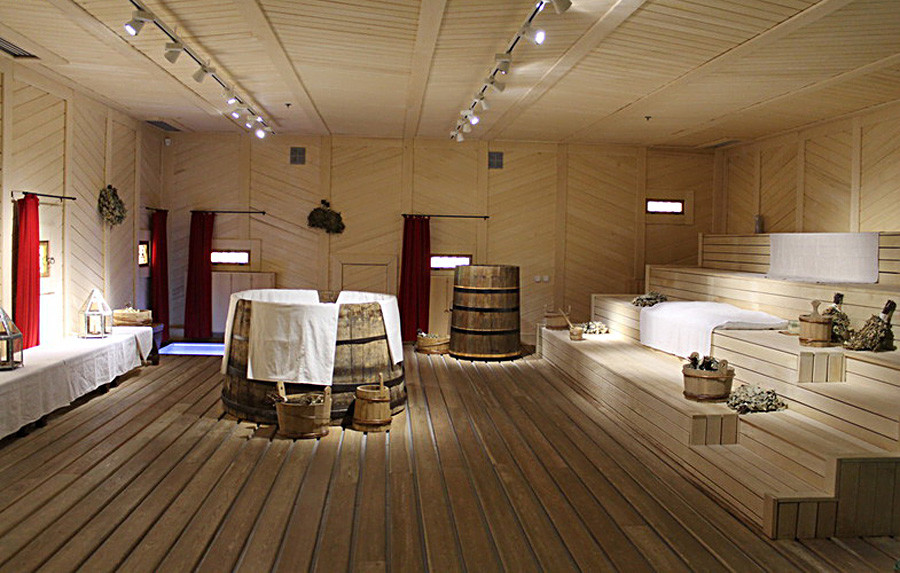
The reconstructed tsar's bath of the 17th century in Kolomenskoe
kraeved1147.ruThe 13th - 16th centuries were the heyday of the bathing culture in Europe. Every city had dozens of public baths. In 1334, Vienna had 26 of them, Frankfurt – 29, Paris – 30… But by the 15-16 centuries, most public baths had been closed, and Europeans bathed less and less frequently, including nobility and royals.
There were several reasons for this. Firstly, in the 14th century and beyond, the Black Plague halved Europe’s population. After decades of death, many surviving people lost their desire to visit public baths. Secondly, the Protestant religious views prohibited the bathing of men and women together and condemned public nudity as a sin. And finally, the most important reason – the Little Ice Age, which lasted roughly from the 14th to the 19th centuries. Because of the cold, Europe’s forests diminished considerably – everybody needed the firewood to heat their homes. The cost of firewood skyrocketed, making bathing a very expensive pastime.
But this wasn’t so true for Russia, which had extensive forests and plenty of firewood. So Russians bathed as much as they wanted – usually no less than once a week.
Lye for the tsar
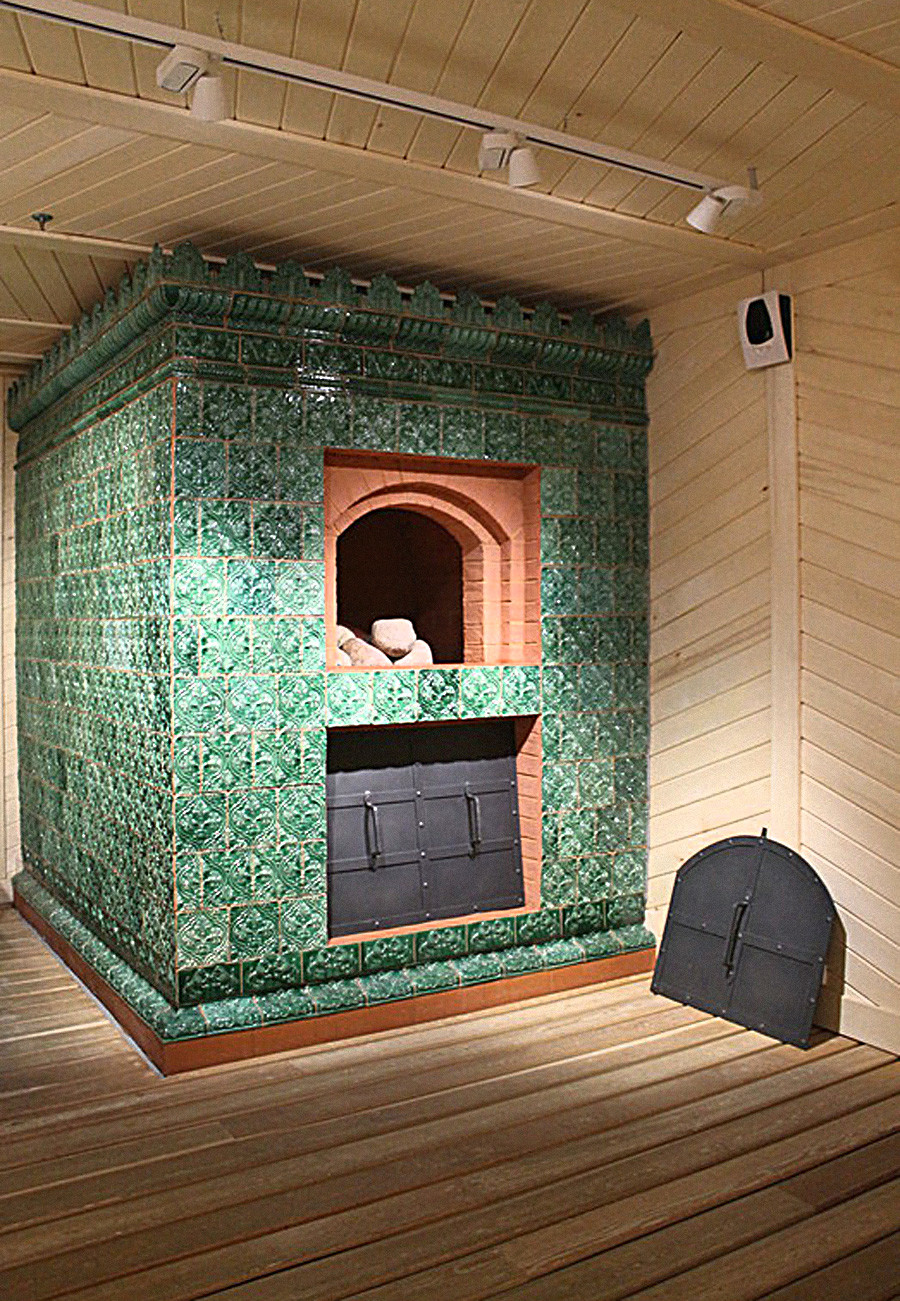
The reconstructed bath stove
kraeved1147.ruAny palace of the tsar had baths, each one of them called “
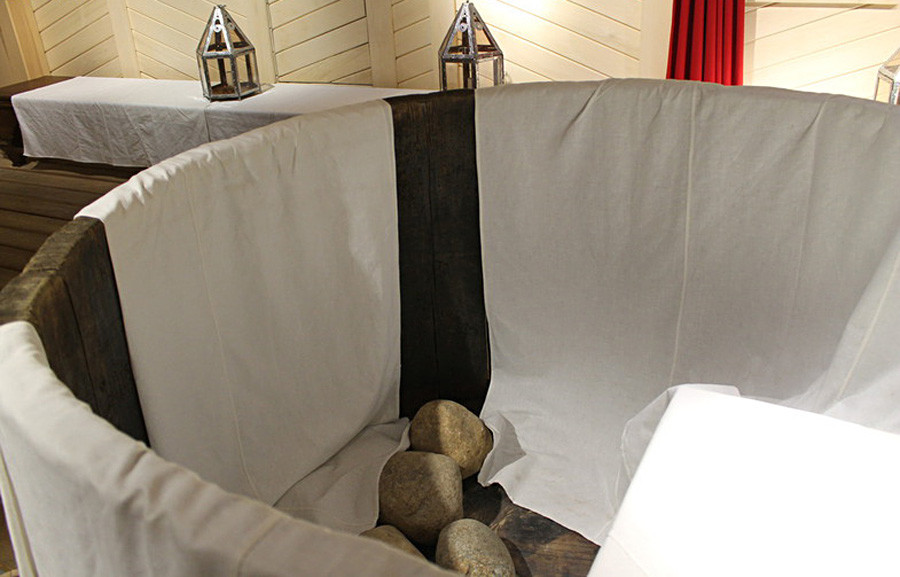
The reconstructed tsar's bathing wooden basin
kraeved1147.ruInside the bathing room, a Russian stove was installed, where stones were heated. The water was heated by throwing the stones into a large basin where the tsar was seated afterward. You can visit a reconstructed Russian tsar's bath in the Palace of Tsar Alexey Mikhailovich in Kolomenskoe, Moscow.
Birch firewood was used to feed the stove, and birch besoms were used for massaging – birch contains a lot of tar, so Russian baths were also hypoallergenic and stimulated the immune system

The reconstructed tsar's bath of the 17th century in Kolomenskoe
kraeved1147.ruRussian emperors: Bathing as a reception

Eduard Gau. The bathing room of the Empress Alexandra Fyodorovna
Public domainPeter the Great organized such ‘combined-style’ baths in his palace Monplaisire (located in Peterhof, outside St. Petersburg). Now, this bathhouse is available for visiting, but it was rebuilt in 1866.
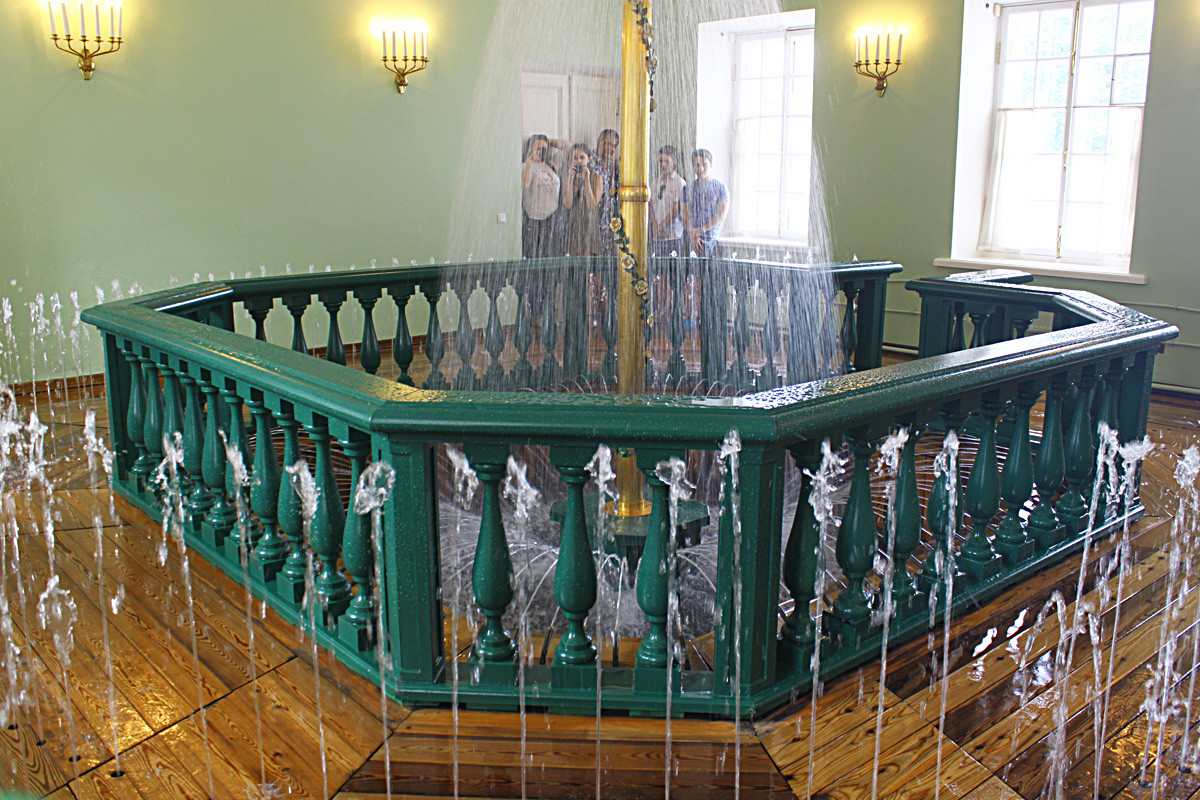
The fountain in the bathing rooms in the Monplaisir Palace
Andreysokolov98 (CC BY-SA 3.0)Peter’s daughter, Elizabeth of Russia, had imperial-level baths, with ceiling paintings designed by Italian artist Antonio Perezinotti. In the bathhouse of Emperor Alexander I, the walls of all rooms were decorated with murals. It also had a study with a working table and other furniture.
The bathroom (pictured by Eduard Gau) of Empress Alexandra, wife of Nicholas I, decorated in Mauritian style, was 40 sq. meters in size. Its cost was about 42,000 rubles – a 20-year annual pay of an Imperial Minister. In 1834, the Empress allegedly had a big reception in this room.
Her husband, Nicholas I, didn’t like to bathe often: for example, in 1833 he washed in his private rooms 11 times and went to the Russian bath 4 times. But he was probably the first man in Russia who used a shower. By the 1840s, he had in his rooms a 3-meter high cabinet with a “rain apparatus”, as historical documents put it. The cabinet had 10 shower heads inside, on the top and at the sides – just like contemporary showers with jacuzzi functions. He borrowed this idea in England, which he visited in 1844
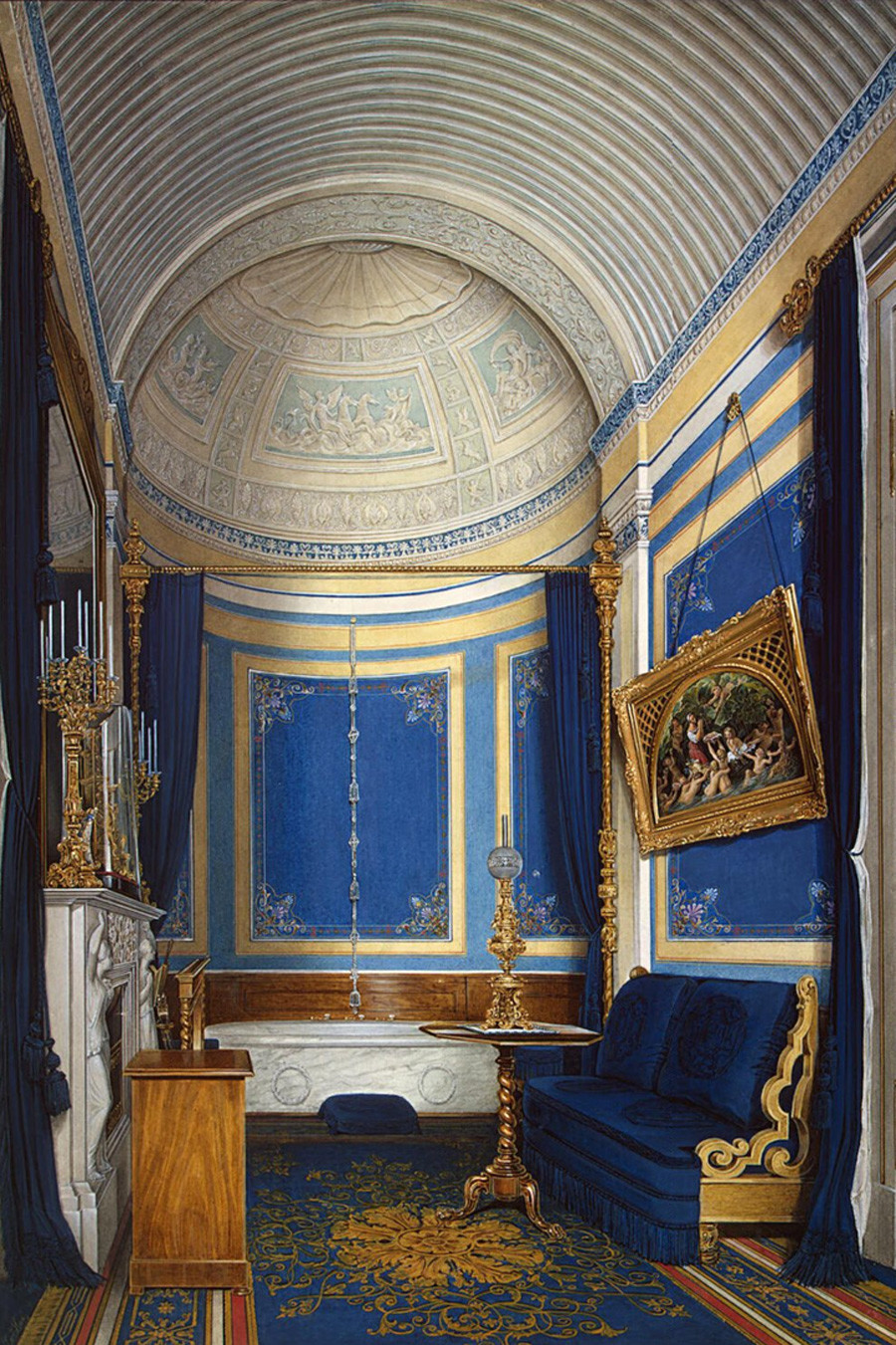
Eduard Gau. The bathing room of the Princess Maria Alexandrovna
Public domainIf using any of Russia Beyond's content, partly or in full, always provide an active hyperlink to the original material.
Subscribe
to our newsletter!
Get the week's best stories straight to your inbox